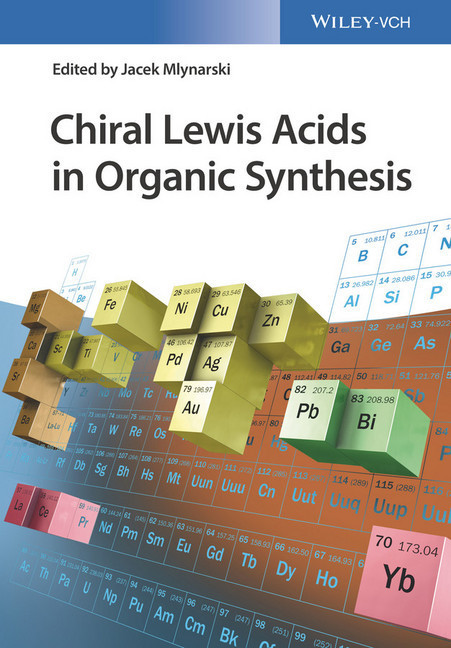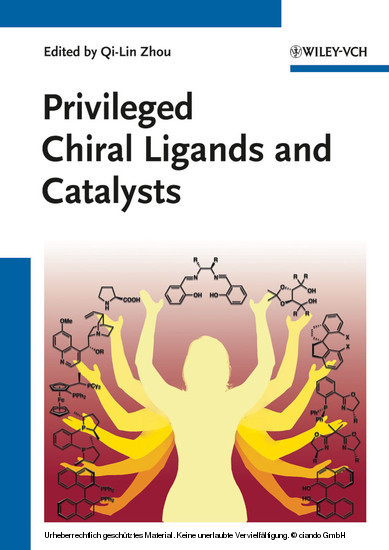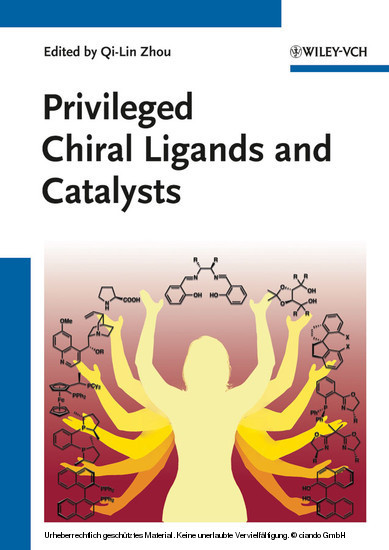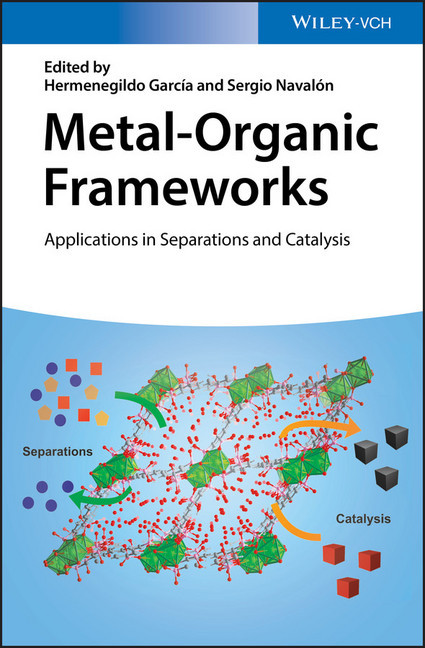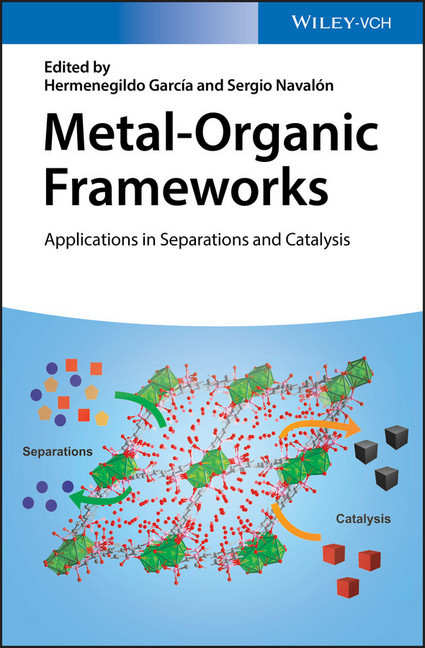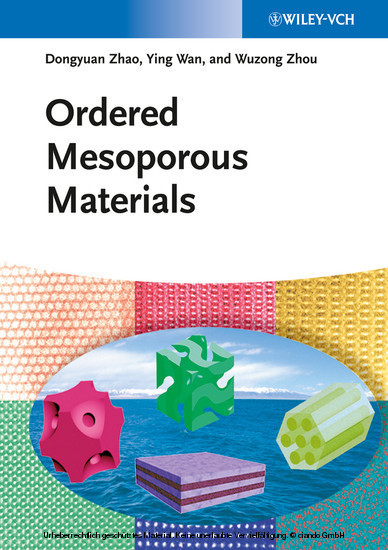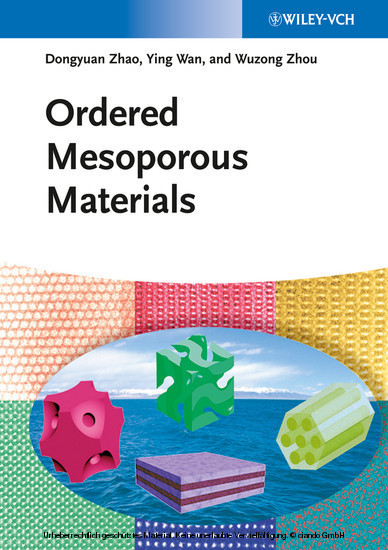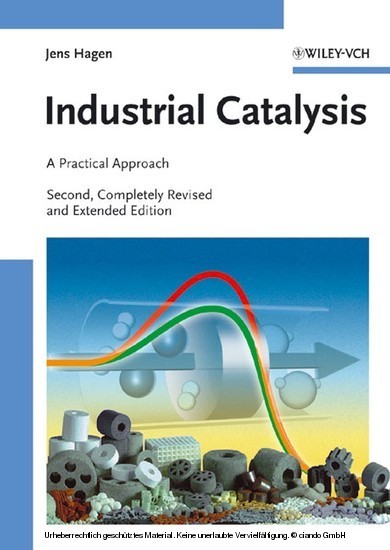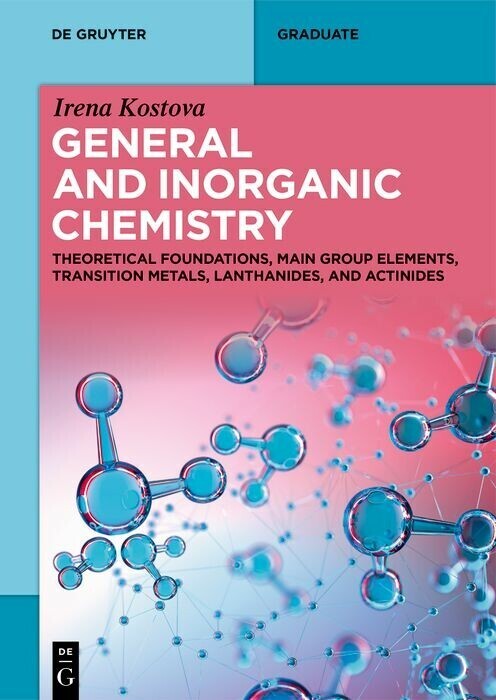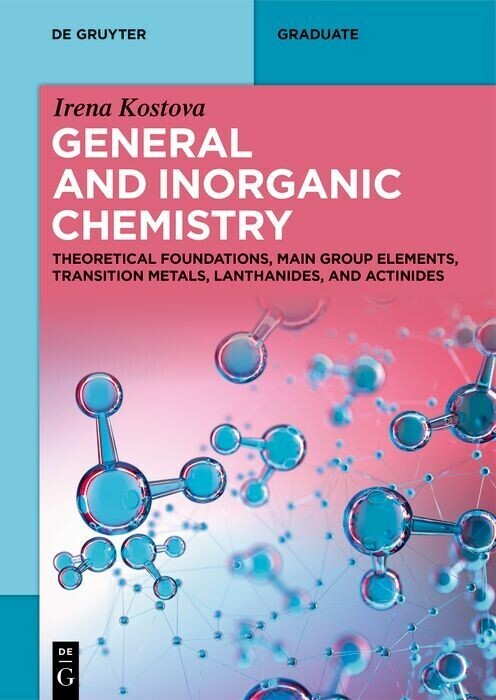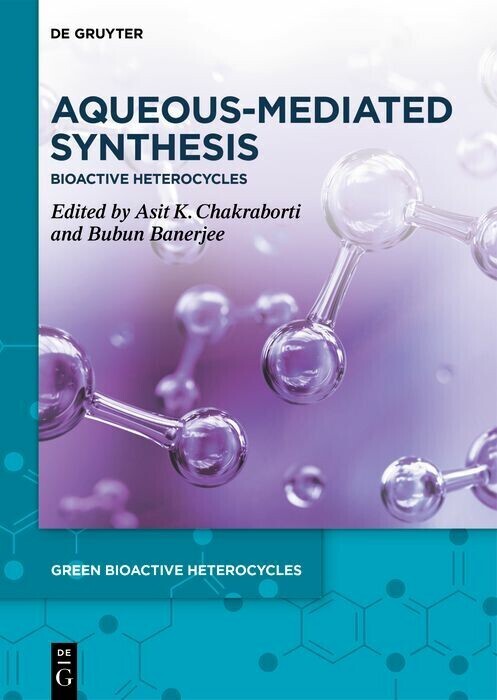Chiral Lewis Acids in Organic Synthesis
A complete overview covering the application of metal-based chiral Lewis acids from all parts of the periodic table, the Author emphasizes the most recent contributions to the field as well as prominent direction of development.
The book discusses the design of chiral complexes as well as a wide spectrum of reactions promoted by various chiral Lewis acids, including water-compatible acids as well as the most important applications in the chemical and pharmaceutical industries.
A must-have for catalytic and organic chemists working in the field, both in academia and industry, as well as pharmaceutical and medicinal chemists.
Jacek Mlynarski is a Professor of Organic Chemistry and Group Leader at the Jagiellonian University of Krakow (Poland). He also studied chemistry at the Jagiellonian University in Krakow and received his Ph.D. (2000) from the Institute of Organic Chemistry of the Polish Academy of Sciences. In 2001 he obtained a research fellowship from the Alexander von Humboldt Foundation and worked with Prof. Alois Furstner at the Max Planck Institute for Coal Research (Germany). Upon returning to Poland in 2002, he first obtained an academic position at the Institute of Organic Chemistry at the Polish Academy of Sciences, before joining his current department in 2008. His scientific interest includes enantioselective synthetic methodology that relies on metal-based and metal-free chiral catalysts.
The book discusses the design of chiral complexes as well as a wide spectrum of reactions promoted by various chiral Lewis acids, including water-compatible acids as well as the most important applications in the chemical and pharmaceutical industries.
A must-have for catalytic and organic chemists working in the field, both in academia and industry, as well as pharmaceutical and medicinal chemists.
Jacek Mlynarski is a Professor of Organic Chemistry and Group Leader at the Jagiellonian University of Krakow (Poland). He also studied chemistry at the Jagiellonian University in Krakow and received his Ph.D. (2000) from the Institute of Organic Chemistry of the Polish Academy of Sciences. In 2001 he obtained a research fellowship from the Alexander von Humboldt Foundation and worked with Prof. Alois Furstner at the Max Planck Institute for Coal Research (Germany). Upon returning to Poland in 2002, he first obtained an academic position at the Institute of Organic Chemistry at the Polish Academy of Sciences, before joining his current department in 2008. His scientific interest includes enantioselective synthetic methodology that relies on metal-based and metal-free chiral catalysts.
1;Cover;1 2;Title Page;5 3;Copyright;6 4;Contents;7 5;List of Contributors;13 6;Preface;15 7;Chapter 1 Alkaline-Earth Metal-Based Chiral Lewis Acids;17 7.1;1.1 Introduction;17 7.2;1.2 General Properties of Alkaline Earth Metal Compounds;17 7.3;1.3 Applications in Asymmetric Synthesis;18 7.3.1;1.3.1 Cycloaddition Reactions;18 7.3.2;1.3.2 Carbonyl and Imine Addition Reactions;24 7.3.3;1.3.3 Conjugate Addition Reactions;30 7.3.4;1.3.4 Other Reactions;37 7.4;References;39 8;Chapter 2 Titanium-Based Chiral Lewis Acids;43 8.1;2.1 Introduction;43 8.2;2.2 Asymmetric Addition of Carbon Nucleophiles to Carbonyl Compounds;43 8.3;2.3 Asymmetric Cyanide Addition Reaction;46 8.4;2.4 Asymmetric Epoxidation;47 8.5;2.5 Asymmetric Darzens Reaction;51 8.6;2.6 Asymmetric Ring-opening Reaction;52 8.7;2.7 Asymmetric Sulfoxidation Reaction;55 8.8;2.8 Asymmetric Hetero-Diels-Alder (HDA) Reaction;58 8.9;2.9 Asymmetric Fluorination of 1,3-Dicarbonyl Compounds;60 8.10;2.10 Asymmetric Sulfenylation of 1,3-Dicarbonyl Compounds;61 8.11;2.11 Asymmetric Formal Intramolecular C(sp2)-H Insertion of N-Aryl ?-Diazoamides;62 8.12;2.12 Asymmetric Reduction of Ketones;62 8.13;2.13 Asymmetric Hydroalkoxylation of Nonactivated Alkenes;63 8.14;2.14 Asymmetric Titanium(III)-Catalyzed Reductive Coupling Reactions;63 8.15;2.15 Asymmetric 1,3-Dipolar Cycloaddition of Nitrone and Unsaturated Aldehyde;66 8.16;2.16 Asymmetric Friedel-Crafts Alkylation Reaction;67 8.17;2.17 Conclusions;68 8.18;Acknowledgments;69 8.19;References;69 9;Chapter 3 Iron-based Chiral Lewis Acids;75 9.1;3.1 Introduction;75 9.2;3.2 Chiral Iron Porphyrins;75 9.3;3.3 Chiral Iron Bipyridines;78 9.4;3.4 Chiral Salen-Salan Lewis Acid Catalysts;82 9.4.1;3.4.1 Chiral Schiff Base and Salen Lewis Acids;82 9.4.2;3.4.2 Chiral Salan Lewis Acids;85 9.5;3.5 Bis(oxazoline) Lewis Acid Catalysts;88 9.6;3.6 Pyridine Bis(oxazoline) Lewis Acid Catalysts;91 9.7;3.7 Diamine-derived Lewis Acid Catalysts;96 9.8;3.8 Diphosphine-derived Lewis Acid Catalysts;100 9.9;3.9 Binaphthyl-derived Lewis Acid Catalysts;107 9.10;3.10 Other Iron Lewis Acids;109 9.11;3.11 Conclusions;111 9.12;Acknowledgments;111 9.13;References;112 10;Chapter 4 Copper-based Chiral Lewis Acids;119 10.1;4.1 Introduction;119 10.2;4.2 Conjugate Additions;120 10.2.1;4.2.1 Michael Addition;120 10.2.2;4.2.2 Mukaiyama-Michael Addition;123 10.3;4.3 Mannich-Type Reaction;123 10.4;4.4 Aldol-Type Reactions;125 10.4.1;4.4.1 Asymmetric Aldol Reaction;125 10.4.2;4.4.2 Nitro-aldol Reaction;125 10.4.3;4.4.3 Aza-Henry Reaction;125 10.4.4;4.4.4 Mukaiyama Aldol Reaction;128 10.5;4.5 Asymmetric Friedel-Crafts Alkylation;128 10.6;4.6 Cycloadditions;129 10.6.1;4.6.1 Diels-Alder Reaction;129 10.6.2;4.6.2 1,3-Dipolar Cycloaddition;132 10.6.3;4.6.3 [3+2]-Cycloaddition;133 10.6.4;4.6.4 [4+1] Cycloaddition;134 10.6.5;4.6.5 [6+3] Cycloaddition;134 10.7;4.7 Cyclization Reactions;135 10.7.1;4.7.1 Intramolecular Cyclization;135 10.7.2;4.7.2 Intermolecular Cyclization;136 10.7.3;4.7.3 Reductive Cyclization;137 10.7.4;4.7.4 Ring-Opening Cyclization;138 10.8;4.8 Kinetic Resolution;139 10.9;4.9 Desymmetrization;139 10.10;4.10 Trifluoromethylation;140 10.11;4.11 Halogenation;141 10.11.1;4.11.1 Enantioselective Chlorination;141 10.11.2;4.11.2 Asymmetric Chloro/Fluorination;141 10.12;4.12 Reductions;142 10.12.1;4.12.1 Hydrosilane Reduction;142 10.12.2;4.12.2 Hydrosilylation of Allene;142 10.12.3;4.12.3 Amination Reaction;142 10.13;4.13 Other Reactions;143 10.13.1;4.13.1 Aziridination;143 10.13.2;4.13.2 Annulation Reaction;144 10.13.3;4.13.3 Amino Lactonization;144 10.13.3.1;4.13.3.1 Arylation of Ketone;145 10.13.4;4.13.5 Allylic Oxidation;145 10.13.5;4.13.6 Carbenoid Insertion;146 10.13.5.1;4.13.6.1 C?H Insertion;146 10.13.5.2;4.13.6.2 Phenolic O?H Insertion;147 10.13.6;4.13.7 Alkynylation;147 10.14;4.14 Conclusions;148 10.15;References;149 11;Chapter 5 Zinc-based Chiral Lewis Acids;153 11.1;5.1 Introduction;153 11.2;5.2 Zinc Abundance in Nature;153 11.3;5.3 Carbon-Carbon Bond Formation;154 11.3
Mlynarski, Jacek
| ISBN | 9783527802135 |
|---|---|
| Artikelnummer | 9783527802135 |
| Medientyp | E-Book - PDF |
| Copyrightjahr | 2017 |
| Verlag | Wiley-VCH |
| Umfang | 400 Seiten |
| Sprache | Englisch |
| Kopierschutz | Adobe DRM |

